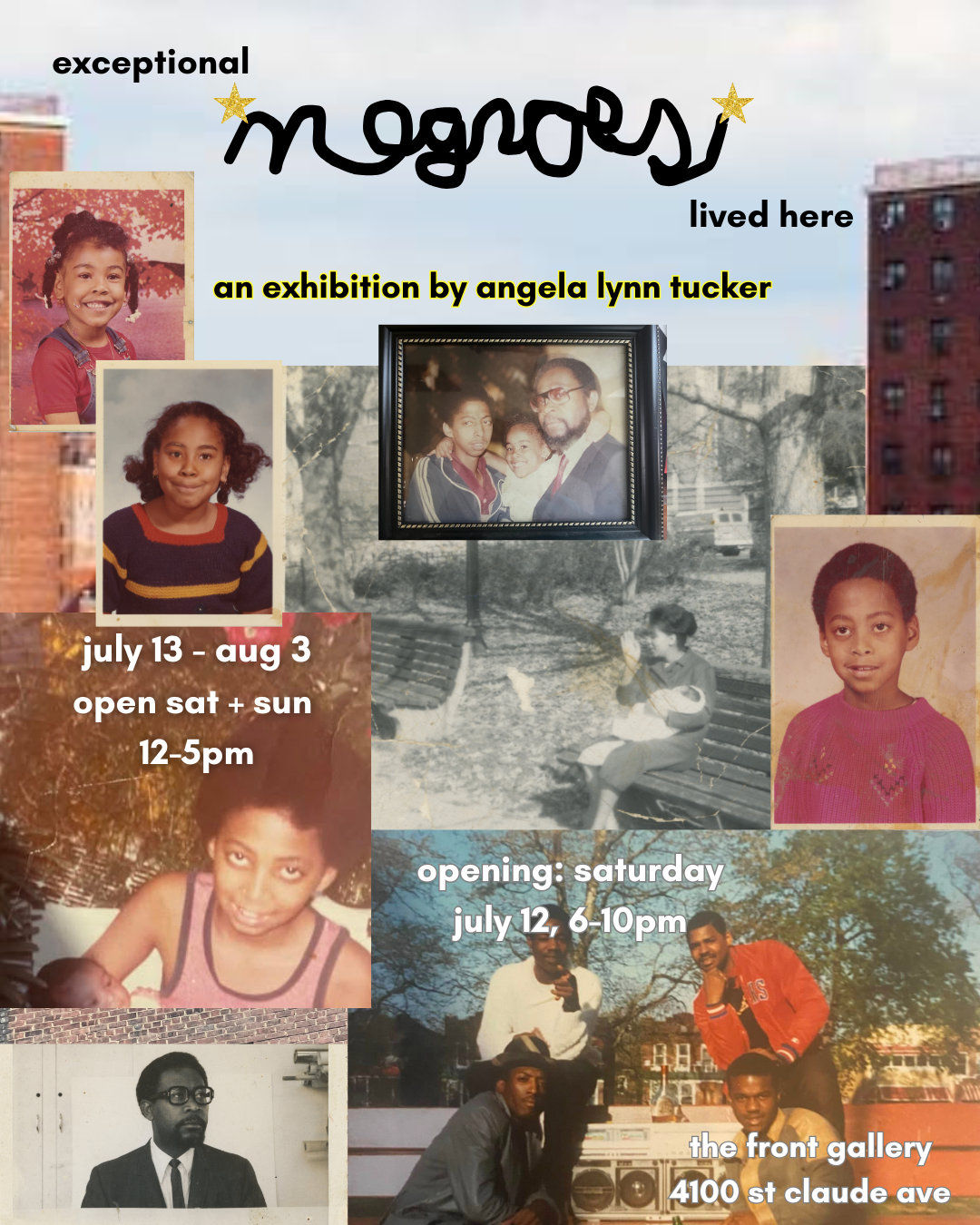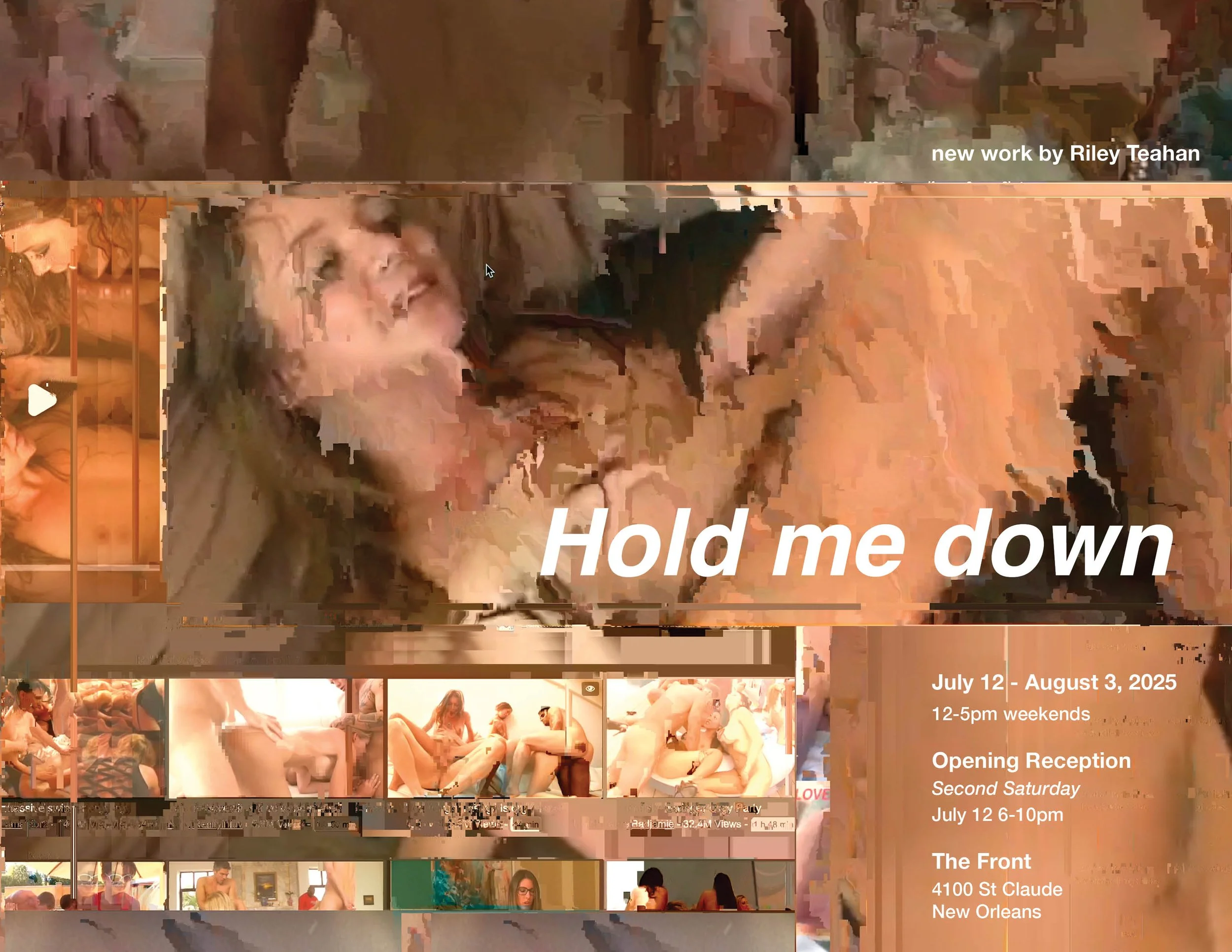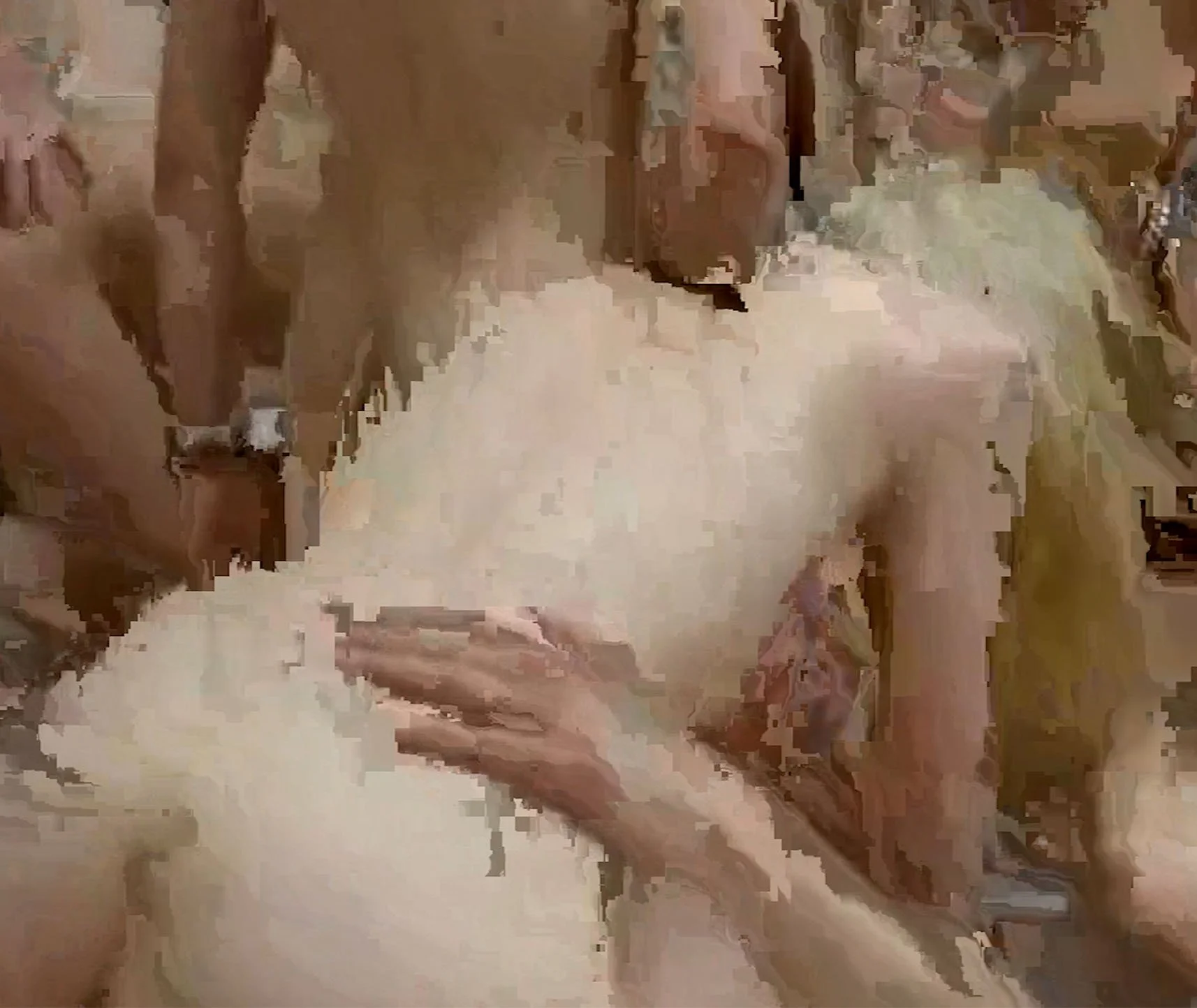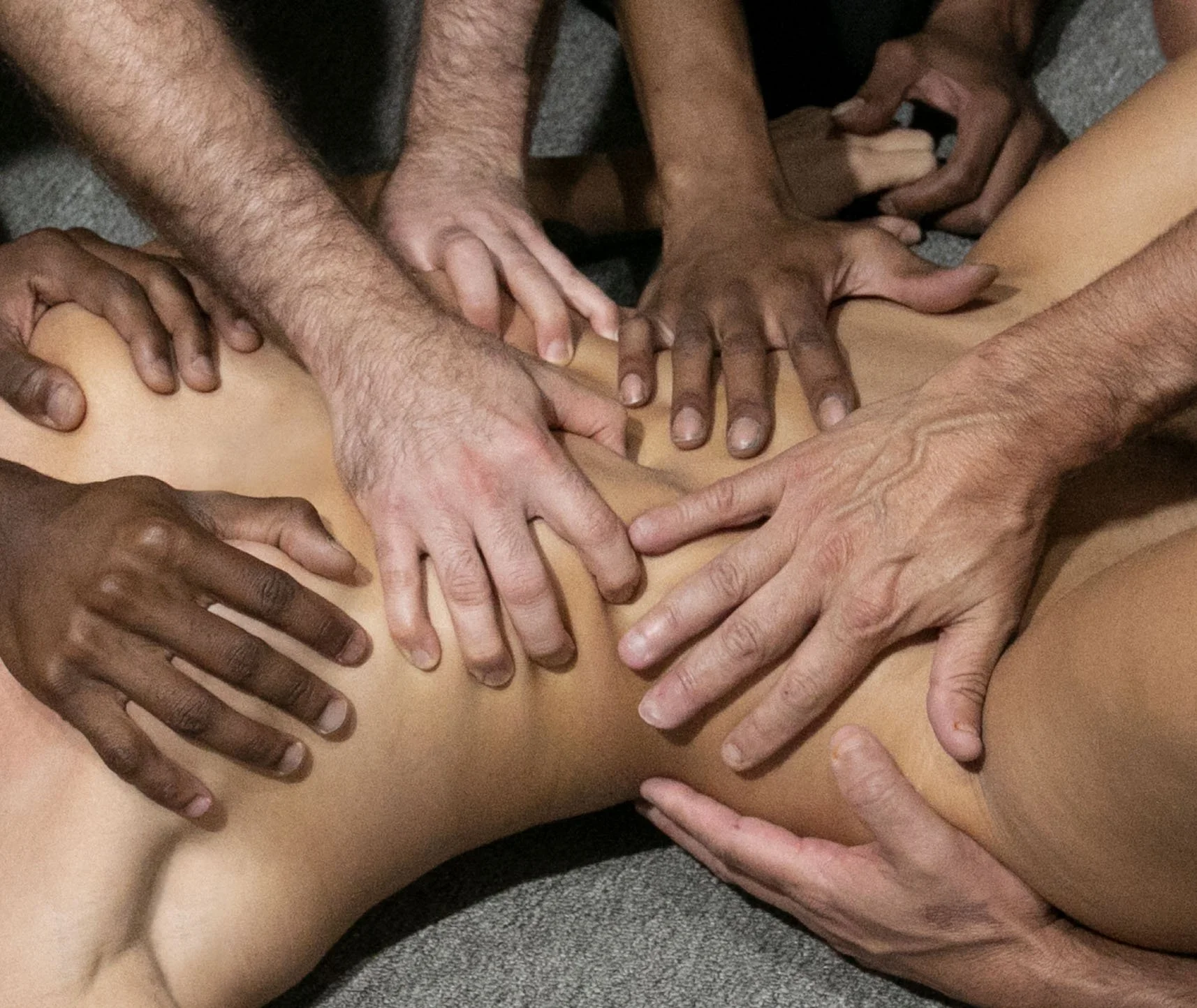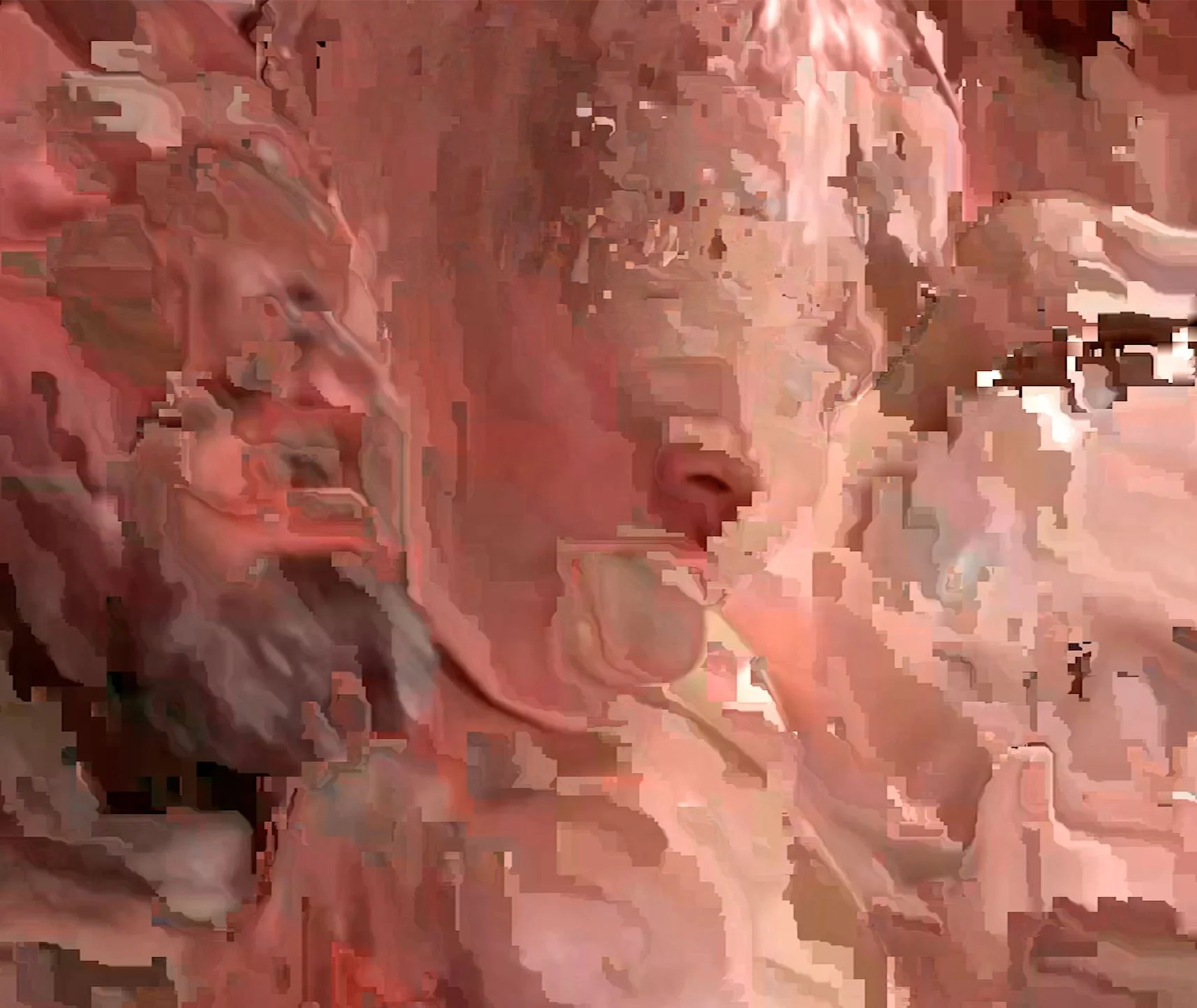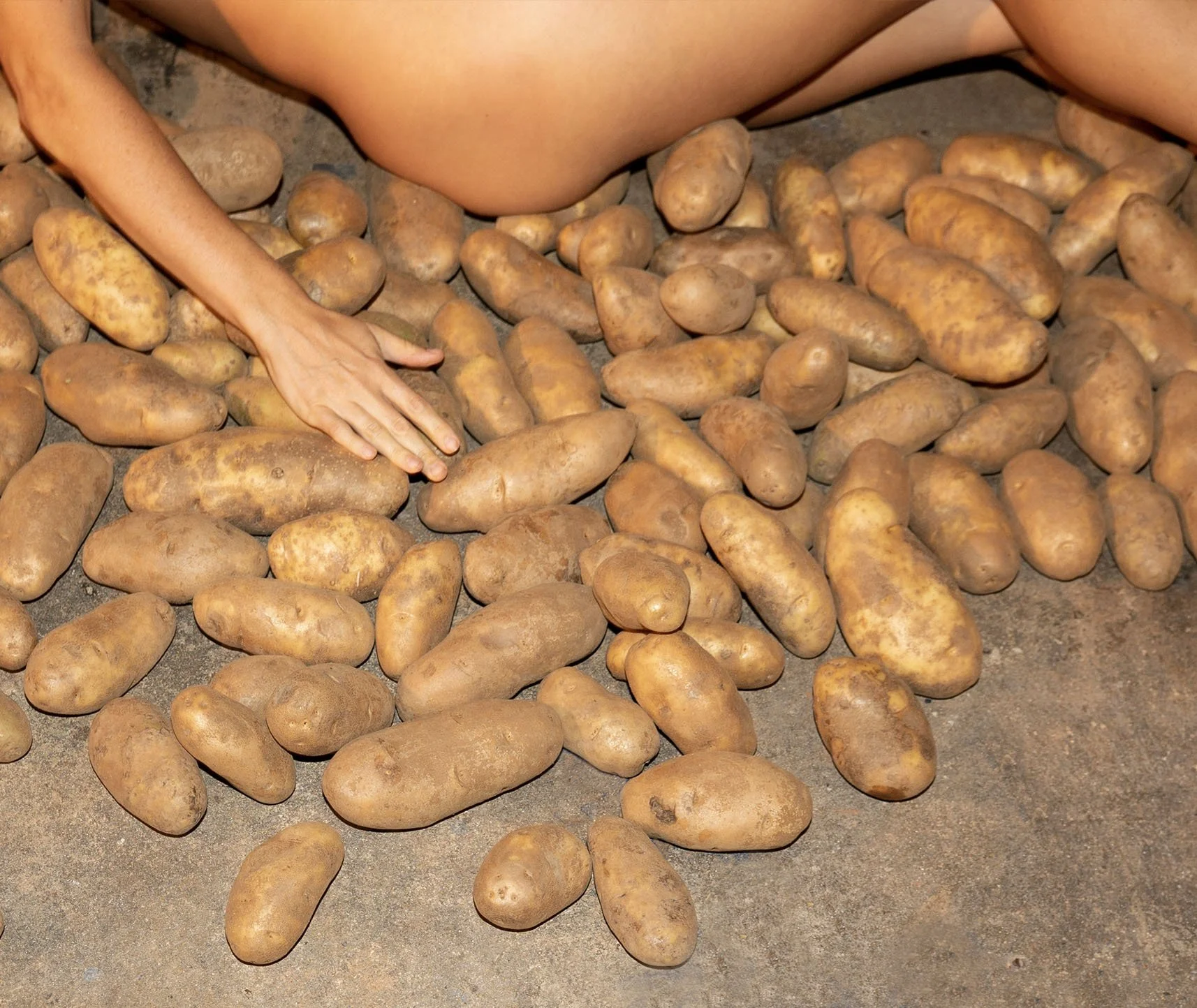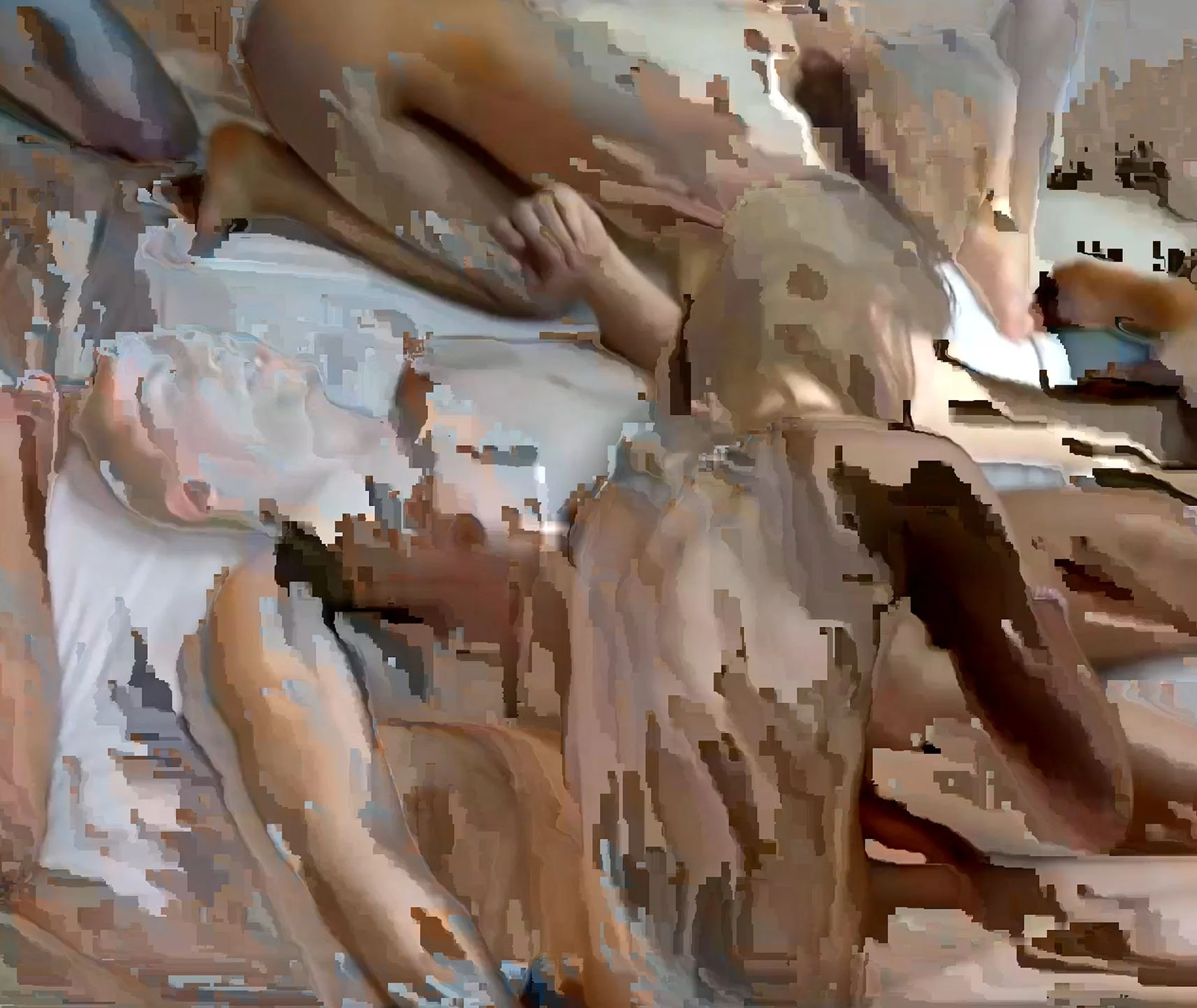July 12 - August 3, 2025
Opening reception on Saturday, June 4th 6-10pm
Gallery open hours are Saturdays and Sundays, 12-5pm. & by appointment (reach out to a member-artist)
Programming This Month
Saturday July 12th, 6-10pm
Opening Reception, Second Saturdays
Artist Talk w/ Angela Lynn Tucker: Saturday July 19 , 2pm
Artist Talk w/ Maaliyah Symoné: Saturday August 2nd, 4pm Please join us for an Artist Talk and Sound Bath this Saturday August 2nd from 4-5 with our exhibiting artist Maaliyah Symoné. The sound bath starts promptly at 4:30. This will be a limited capacity event — please RSVP with cthpress@gmail.com to secure your spot. You are also encouraged to bring a mat or seating cushion to lounge on. Maaliyah will be sharing about her creative practice and current exhibition “ritual rest”
Room 1
Maaliyah Symoné Film Stills
ritual rest
Maaliyah Symoné curated by Déja Jones
Rest is for everyone.
We are held hostage by the notion that rest is only for the rich, that we only earn rest once enough labor is done to shore up some perpetual drain. Maaliyah Symoné’s installation ritual rest reminds us that we are not machines, that rest is for everyone, and that rest is essential for survival.
A film projection showing the artist at both physical and spiritual rest acts as a mirror portal for viewers. The reflective nature of this mirror portal works to encourage the viewer to believe that they can bridge the gap between their current reality and the reality of the serene, indulgent rest portrayed onscreen. Symoné’s luxurious portrayal of rest as ritual aims to alleviate the shame long associated with inactivity, and implies that this ritual of self-worship could restore us in the face of incessant self-neglect.
While the film serves as an ideal example of rest, the loungers in the space provide a designated resting place and give permission for participants to engage in grounded repose. Blue light further promotes a restful state, working with the brain to encourage respite. Symoné reminds us that we can rest anywhere, and that – outside of this gallery – no one is going to give us the time and space to rest so we must make it ourselves.
The work is explicitly prescribing rest to alleviate your exhaustion – and the collective exhaustion – by lying down one at a time, here for now, together in this room. And not as a means to an end, not as a reward or a preparation, but simply resting for the sake of resting.
Written by Brooke Broussard, 2025
Maaliyah Symoné (b. Lake Charles, Louisiana) is an Afro-Indigenous + Louisiana Creole artist and storyteller, acting here as a facilitator for one of humankind’s most essential (and simultaneously most neglected) functions – rest. Symoné’s previous work in film and visual art has secured her place as a reminder to us to seek and sustain a deeper connection with the natural world and the people who come before us, with us, and after us. In her present work, the emphasis is on connecting and nurturing the self through the practice of rest.
Déja Jones’s practice is rooted in connecting communities, objects, cultures, and governance. Their installations and archival spaces consist of sculptures, paintings, and archival media from their studio practice and are grounded in their advocacy and community organizing. Jones pulls from their lived experiences growing up in New Orleans communities of spiritual healers, Black educators, and Black Indigenous legacy builders. Their community role is to organize movements and build objects and spaces that are sites of celebration, honor, healing, and revolution. As Jones unveils their story, they begin to connect similar struggles, enemies, strengths, desires, and goals of marginalized communities worldwide. “We are a diverse, one people and that is where our power lies.”
Room 2
[hidden]
Jon Gott
hidden(adj.)
past-participle adjective from hide (v.1); a Middle English formation (Old English had gehydd "hidden") on the model of ride/ridden, etc.
hide(v.1)
Old English hydan (transitive and intransitive) "to hide, conceal; preserve; hide oneself; bury a corpse," from West Germanic *hudjan (source also of Middle Dutch, Middle Low German huden), from suffixed form of PIE *keudh- (source also of Greek keuthein "to hide, conceal"), from root *(s)keu- "to cover, conceal."
Jon Gott is an artist and preservationist with his ear to the ground. Gott collects and creates new meaning from the materiality of our everyday lives—from the small scale foot prints, swept piles, snail shells, copper wires, all the way up to the large scale. Gott’s current base of operations is a salvaged 1857 historic landmark home where he whispers new life into the walls, baseboards, doorways, staircases, and interstices. Using found objects, intimate belongings, and rich narratives, Gott crafts immersive and experimental works of art that span various mediums including sculpture, installation, drawing, performance, video, sound, and photography. Gott’s playful and poignant bodies of work explore the afterlife of objects, how we assign value and worth to the record of our lives, the treasured improbability of our collective survival and the memories we hold, and how we live life adrift amidst climate degradation. Gott’s artwork serves as an offering, whispering us into an alternative portal of attentiveness and reimagining. We can only enter if we quiet ourselves enough to listen.
- Kortney Morrow
Room 3
exceptional negroes lived here
Angela Lynn Tucker
Memory is slippery. Thirty years since my mother died, twenty since I lost my father and brother—and still, the memories shift:
“My childhood was amazing.”
“My childhood was terrible.”
“My childhood was magical, and hard, and ours.”
This show explores that complexity through collage, installation, and mixed media. It centers on Stuyvesant Town, the East Village, Manhattan housing complex where I grew up as part of one of the few Black families to live there. That space, which families like mine had to repeatedly fight to access, was both peaceful and surveilled—lush with trees and playgrounds, but not made for us.
exceptional negroes lived here reclaims that place through memory, humor, and a blend of realism and surrealism. Works like Some Windows Don’t Open use found windows, yellow roses, paper dolls, and gold mannequin hands to evoke the feeling of being watched and the impossibility of escape. Misc Duck Sauce invites viewers to contribute their own artifacts to a familiar “junk drawer,” layering public history with personal mess. In another piece, I collage the O.J. Simpson verdict and testimony directly onto an old window frame—marking a national memory that intersected with a private moment in our family’s life.
Throughout, family photos are everywhere: painted, glittered, distorted, beloved. I mix in pages from old medical texts, vintage newspapers, stickers, pearls. Each work holds joy and ache, beauty and absurdity.
This is a show about remembering—what we inherit, what we misplace, and what we decide to hold.
Angela Lynn Tucker is an Emmy and Webby-winning filmmaker and multidisciplinary artist. Her latest film, The Inquisitor, premiered at the 2025 Tribeca Film Festival. It explores the legacy of political icon Barbara Jordan and completes a trilogy about Southern Black women and political power, which includes All Skinfolk, Ain’t Kinfolk (PBS' Reel South) and I Am Not Going to Change 400 Years in Four (PBS' Independent Lens). She directed and co-wrote the holiday film A New Orleans Noel (Lifetime) and directed the branded series The Trees Remember for REI.
Angela’s work creates sanctuaries for Black thought, blending memory, resistance, and joy. Her films have screened at Tribeca, BlackStar, and New Orleans Film Festival and aired on NBC and Netflix. Her documentary series Black Folk Don’t was featured in Time Magazine’s “10 Ideas That Are Changing Your Life.”
Angela has shown work in group exhibitions in Washington, DC, Kansas, and NYC. She has been an artist-in-residence at the True/False Film Festival and the Joan Mitchell Center. A member of the Academy of Motion Picture Arts and Sciences, Angela is a fellow of the Sundance Institute, Firelight Media, Chicken & Egg Films, and Netflix’s Amplifier Fellowship. She holds a BA from Wesleyan University and an MFA from Columbia University. Born and raised in New York City, Angela now lives in New Orleans.
Her multidisciplinary practice spans film, collage, photography, installation, and sound. Centering the interior lives of Black women, she weaves personal memory with cultural resistance and historical texts—layered with glitter, ephemera, and joy. Her work moves between platforms and traditions, always asking: how many times must we circle back? Black life, suspended between what was and what could be.
angelalynntucker.com @tuckergurl
Room 4
Riley Teahan, Bareback, collage, 12x18", 2025
Riley Teahan, Hold me down (study), photograph, 16x24", 2025
Riley Teahan, Dissolved girl, collage, 12x18", 2025
Riley Teahan, Made for consumption (study), photograph, 24x36", 2025
Riley Teahan, Any body, collage, 12x18", 2025
Hold me down
Riley Teahan
A man I love asks me: “Do u feel like u HAVE to please men?”
The question stings.
I have been performing for men for as long as I can remember.
One of my greatest acts. I do this performance for safety, for validation, for resources.
Women are socialized to make themselves consumable.
I want to believe I'm in charge of my own consumption. I know this is naive.
The male gaze has shaped how I see myself. I am pulled apart by compliance and rebellion.
Performance can feel heavy, put on, like a mask. Other times I don’t even notice i’m doing it. Sometimes I drop the act completely – vulnerable, bursting open.
“Hold me down” is a study on performance and authenticity in intimacy, and how boundaries glitch, dissolve and reshape as I choose to share myself.
Riley Teahan is an interdisciplinary artist based in New Orleans. Her creative practice is rooted in nature, presence, and ritual. She is the co-director of Mortal Self; a multimedia production company to inspire healing with the land. Their project 6: An Unbirth won first place at the Ogden Museum’s Louisiana Contemporary show and their latest feature film Winter in Pluto, an experimental love myth, premiered in November 2022. Riley enjoys experimenting with different materials; she especially loves to make clothes, ceramics and jewelry.
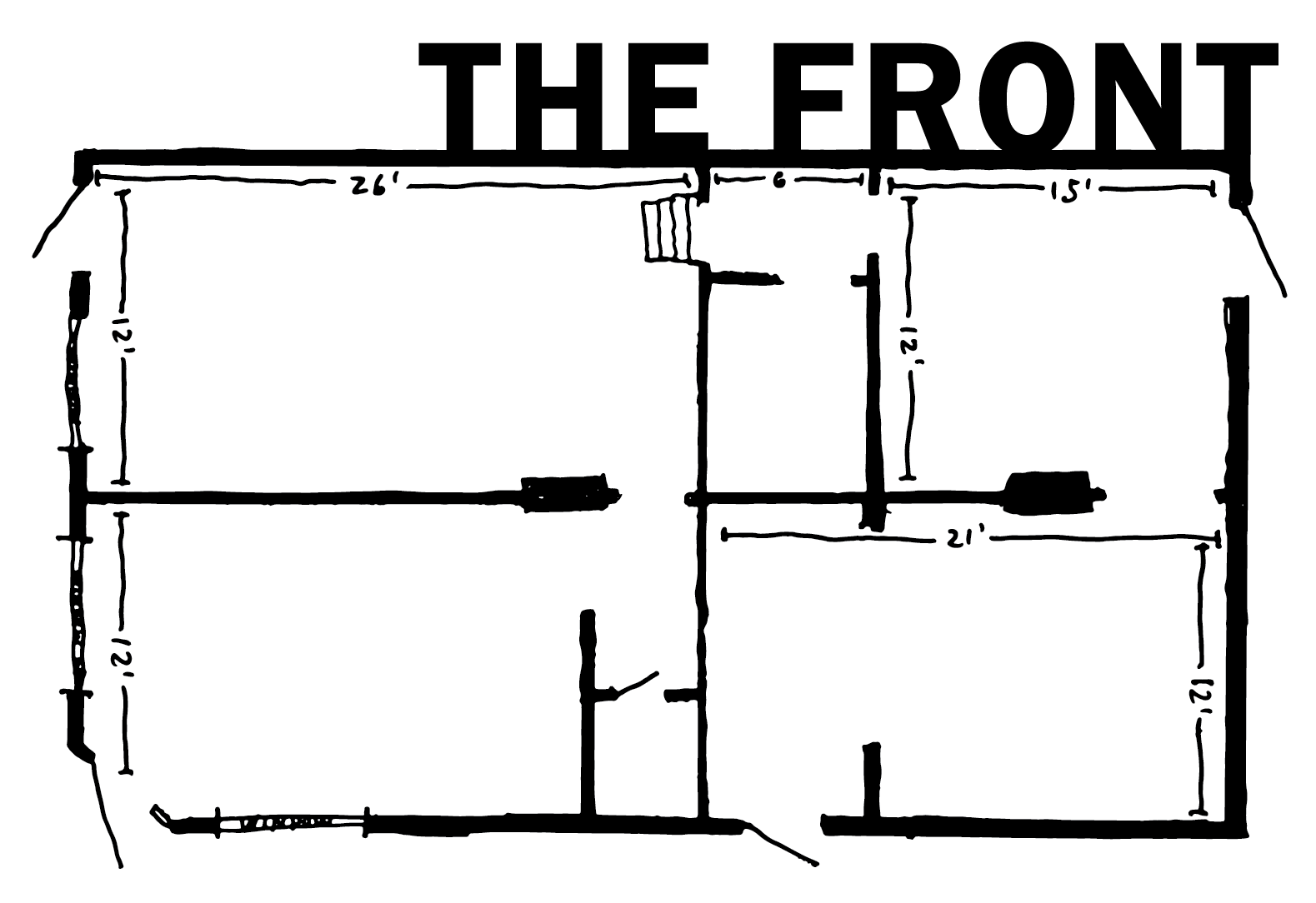
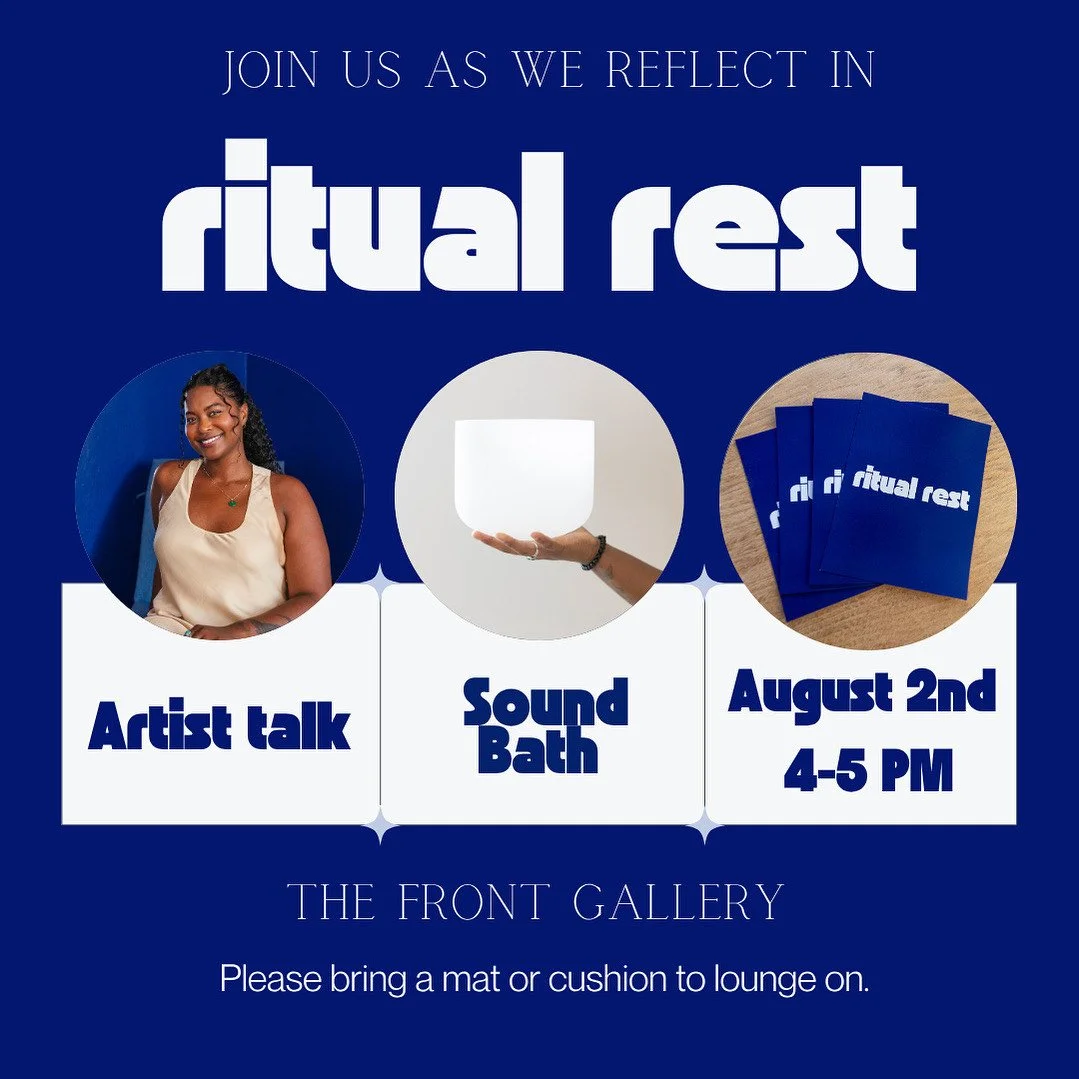
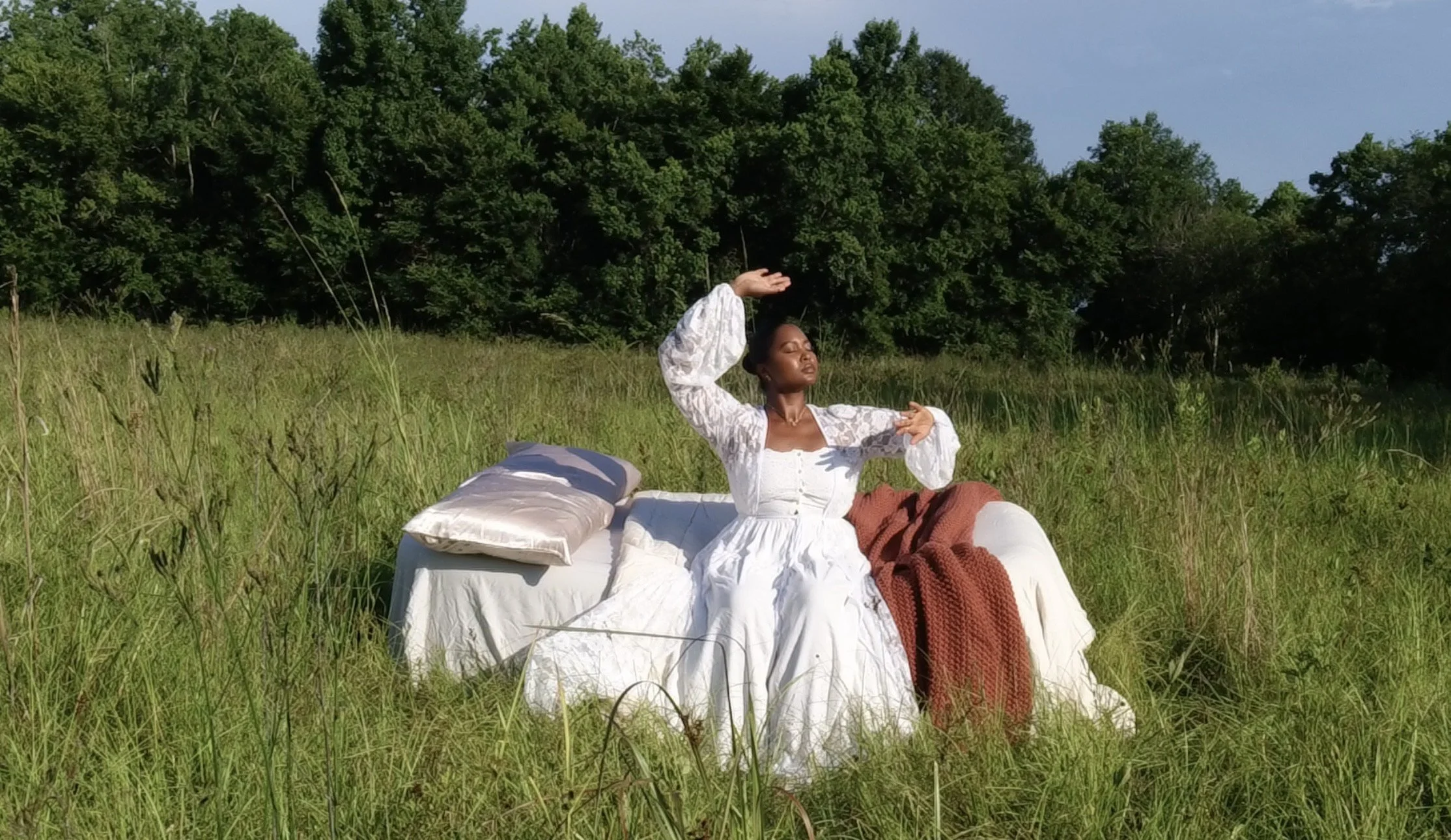
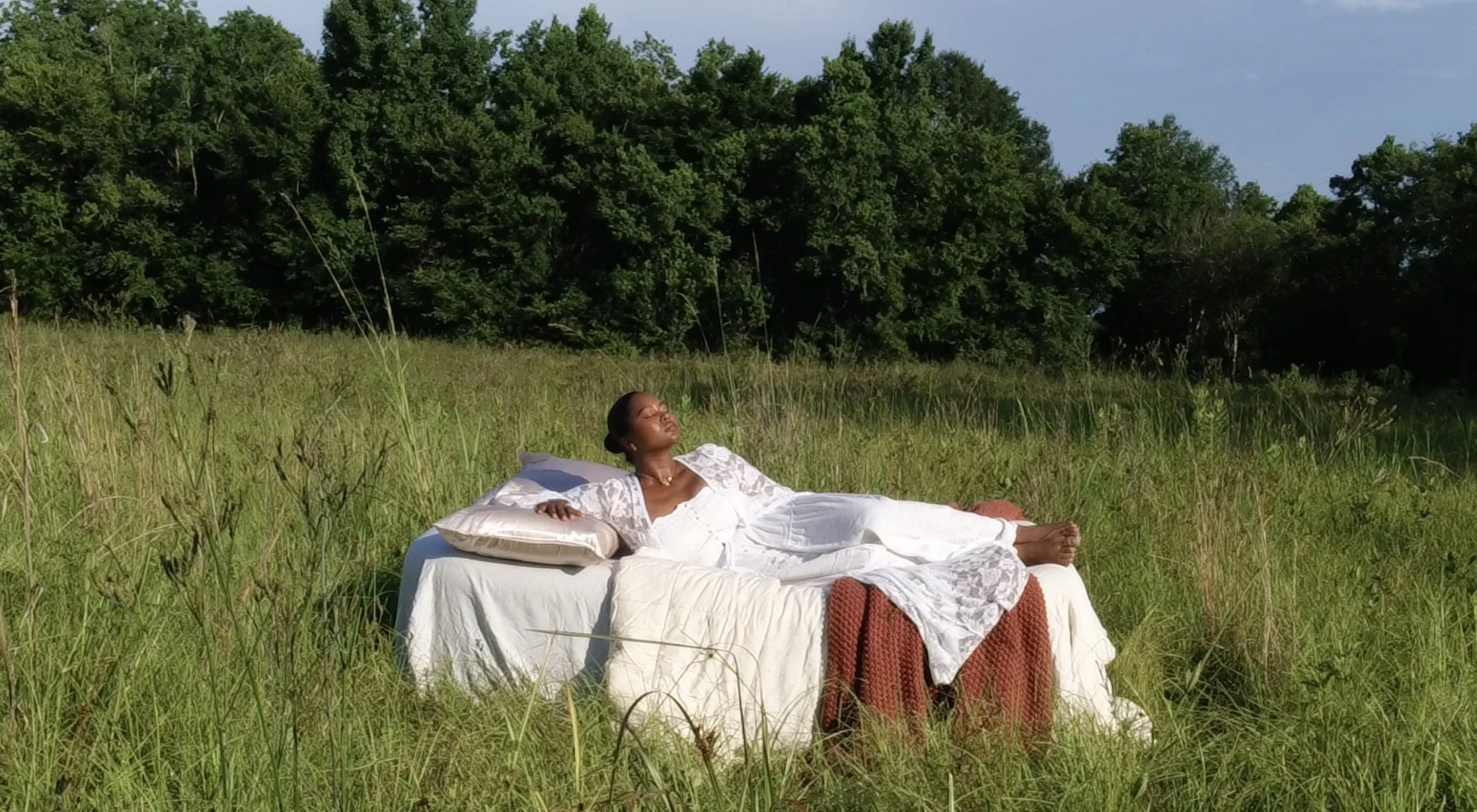
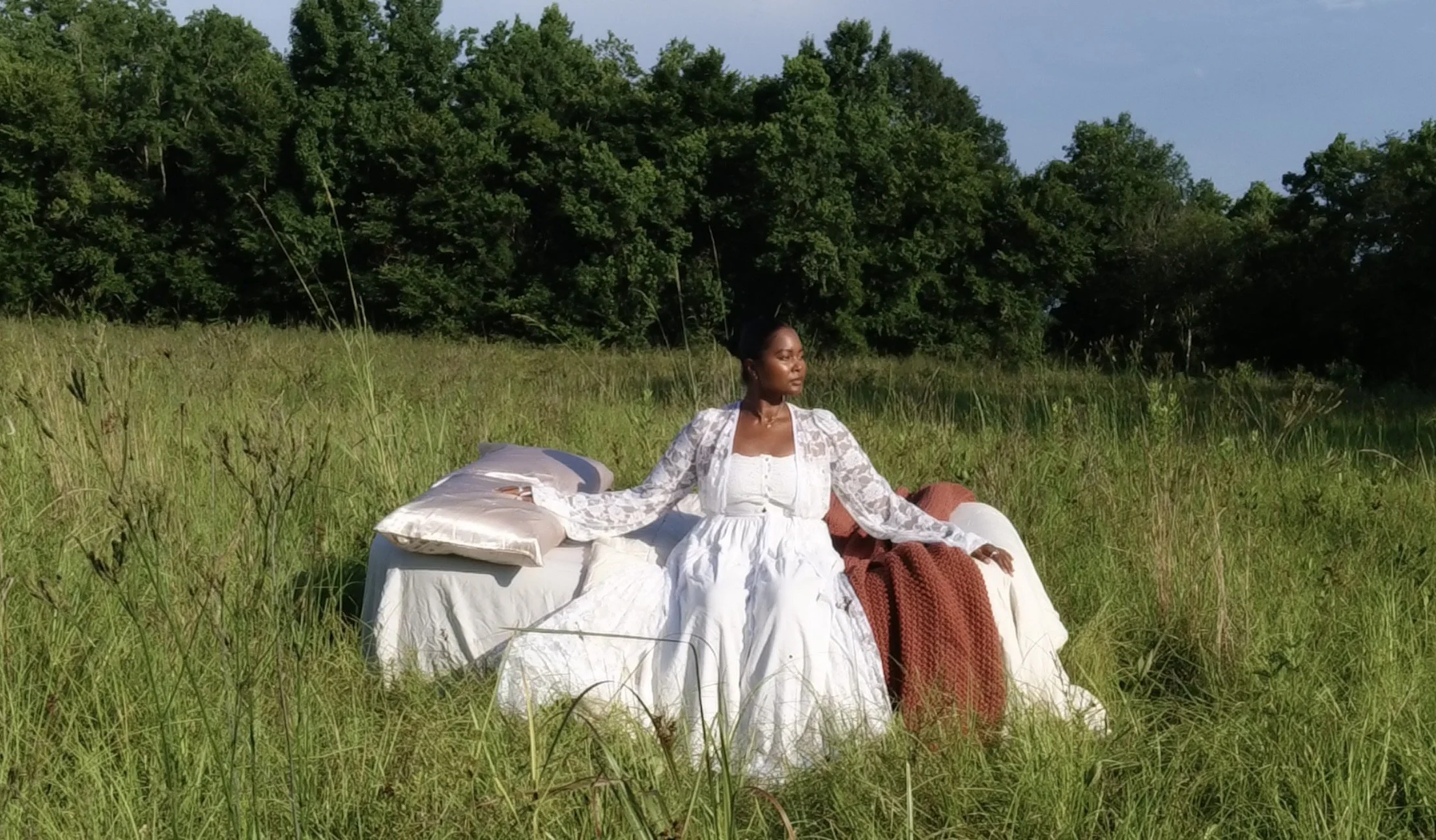
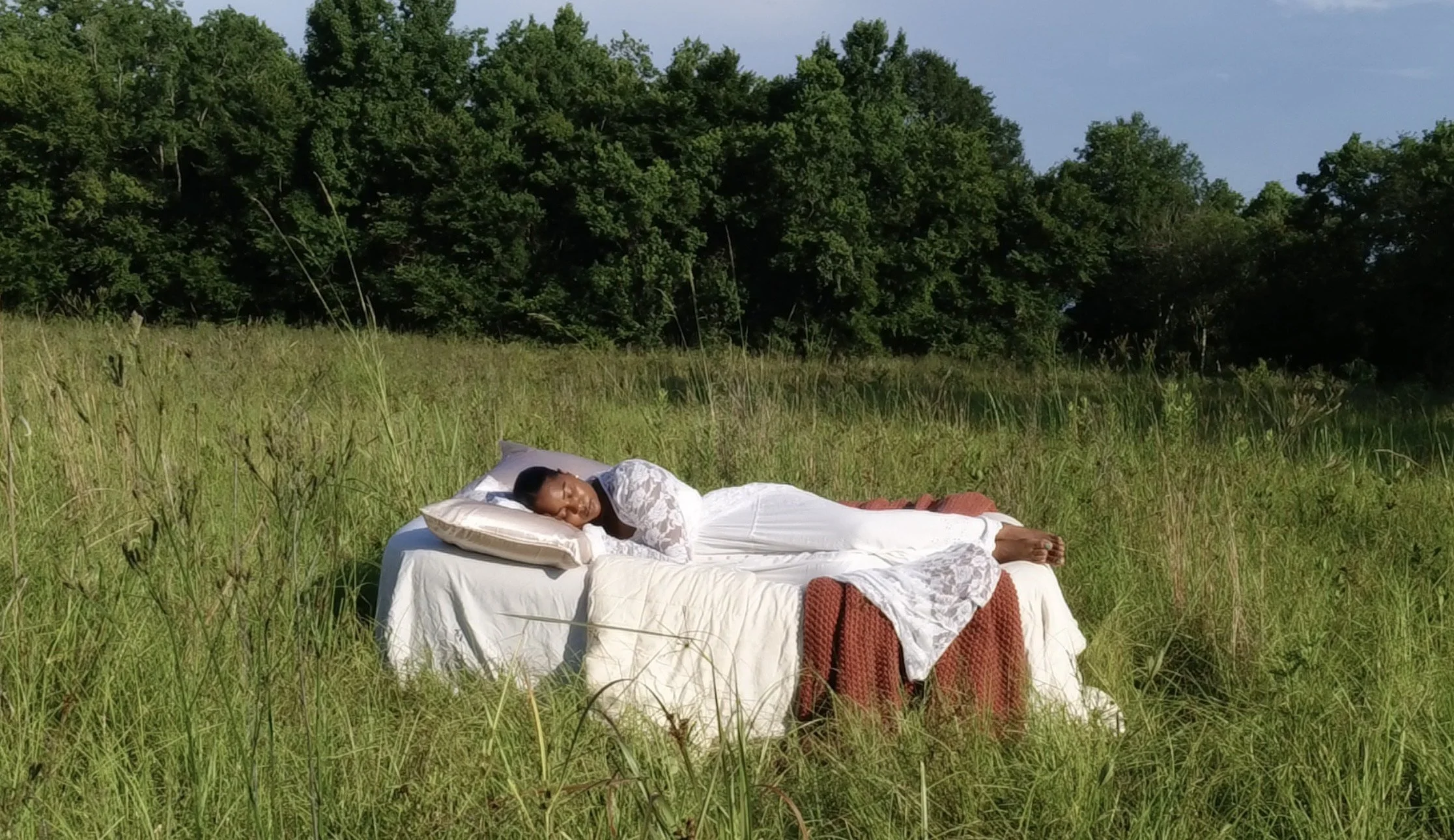
![2_Jon Gott_[hidden] detail.jpg](https://images.squarespace-cdn.com/content/v1/58b23d78414fb5caa4e0b0be/1751953385312-5DYBNLZRJ1LWBA753C4V/2_Jon+Gott_%5Bhidden%5D+detail.jpg)
